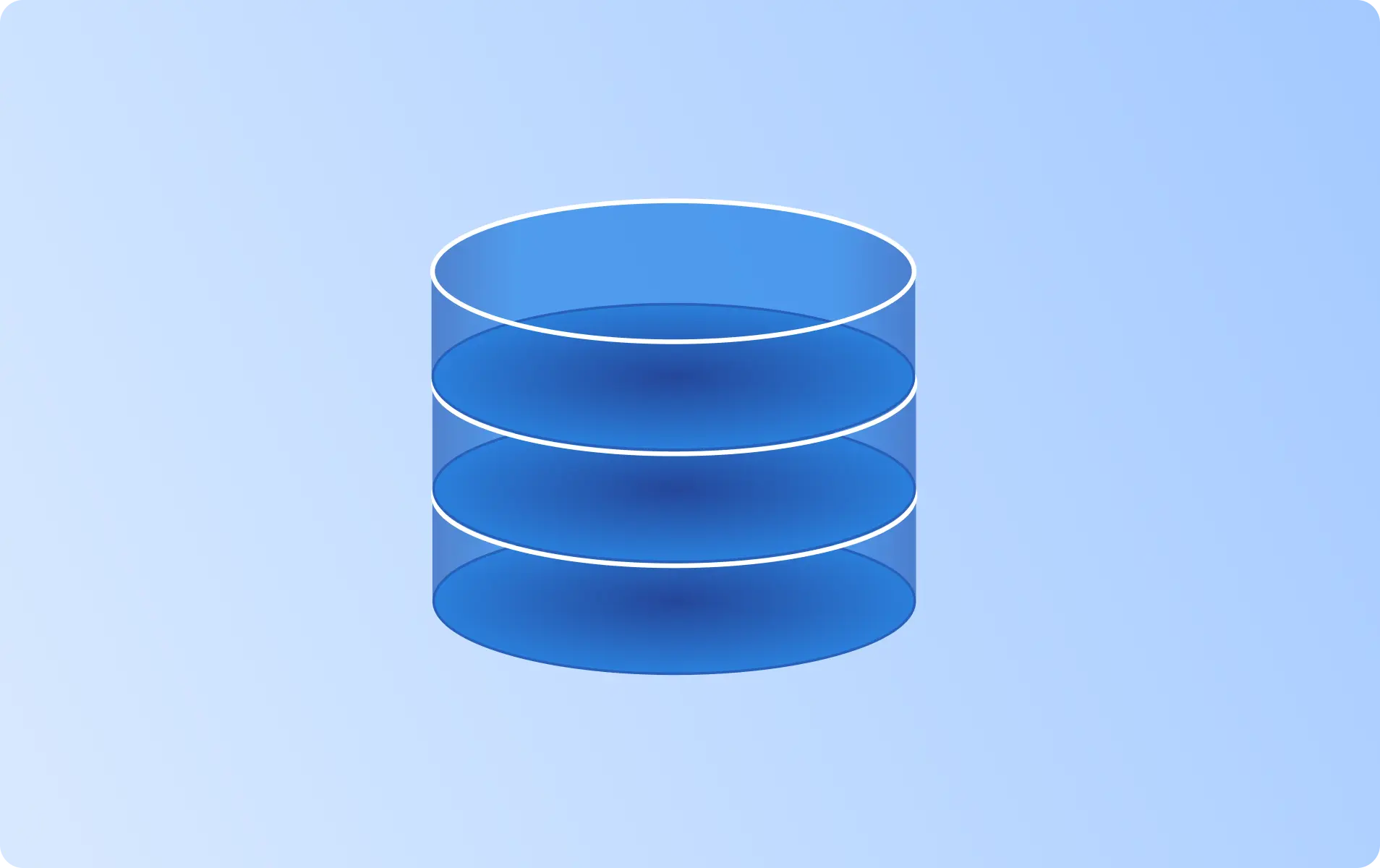Carbon Footprint Data: Examples, Providers & Datasets to Buy

- Overview
- Datasets
- Providers
- Use Cases
- Attributes
- Guide
- FAQ
- Overview
- Datasets
- Providers
- Use Cases
- Attributes
- Guide
- FAQ
What is Carbon Footprint Data?
Carbon footprint data refers to quantitative measurements of greenhouse gas (GHG) emissions, usually expressed in carbon dioxide equivalents (CO₂e). It accounts for emissions across Scopes 1, 2, and 3, from direct operations to energy use and supply chain impacts.
Organizations use carbon footprint data to measure their environmental impact, align with ESG goals, and meet regulatory requirements. This data is key to sustainability reporting, carbon accounting, and emissions reduction strategies.
What Are Examples of Carbon Footprint Data?
Carbon footprint data helps companies, governments, and researchers understand and manage emissions. Key examples include:
- Scope 1 Emissions: Direct emissions from owned or controlled sources, such as fuel combustion.
- Scope 2 Emissions: Indirect emissions from purchased electricity, steam, heat, or cooling.
- Scope 3 Emissions: Indirect emissions across a company’s value chain—upstream and downstream.
- Product Carbon Footprints: Lifecycle emissions data per product unit or SKU.
- Corporate Carbon Disclosures: Company-level GHG reports, often submitted to platforms like CDP.
- Transportation & Logistics Emissions: Emissions data from shipping, air freight, and vehicle fleets.
- Facility-Level Emissions: Emissions intensity and efficiency metrics for manufacturing or retail locations.
- Country & Sector Carbon Inventories: National and industry-specific GHG emissions data.
Best Carbon Footprint Datasets & Databases
Data marketplaces like Datarade offer access to verified carbon footprint datasets, including GHG intensity scores, lifecycle analysis (LCA) metrics, and regional emissions benchmarks. Datasets can be used for modeling carbon liabilities, sustainability scoring, or emissions tracking per product or location.
Many data providers offer APIs that integrate emissions calculations into internal dashboards, product life cycle tools, or ESG investment platforms. This real-time visibility helps with ongoing carbon management.

Greenhouse Gas Emissions / Carbon Footprint Data by Akadia

Carbon Footprint Datasets | 95% Industry Materials Covered | Alloys, Minerals, Polymers, Composites, Construction & Sinters | Carbon Emissions Data
Corporate Carbon Footprint ESG Data | Scope 1, 2, 3 GHG Emissions | 5000+ Global Companies | 100% Verified | By Tracenable, the Open ESG Data Platform

Cradle-to-Gate Emission Data | Carbon Footprint for Materials, Production & Energy Use

Lifecycle Assessment Data | Global LCA Datasets | Carbon Emission Factors for Transportation and Packaging

ISS ESG Climate Solutions Global (data on 25k companies and 80k securities)

Carbon Reference Data for Consumer Products | Scope 3 Insights for Finished Goods & Cradle-to-Gate Transparency
Can't find the data you're looking for?
Let data providers come to you by posting your request
Post your request
Top Carbon Footprint Data Providers & Companies
Popular Use Cases for Carbon Footprint Data
Carbon footprint data serves diverse industries, from retail and logistics to energy and finance. Typical use cases may include:
- Sustainability Reporting: Support disclosures for ESG frameworks like GRI, TCFD, or CDP.
- Carbon Accounting: Quantify and track emissions across business units and supply chains.
- Green Product Design: Develop low-emission products based on lifecycle carbon analysis.
- ESG Investing: Screen companies or portfolios based on carbon intensity and reduction targets.
- Regulatory Compliance: Meet carbon reporting obligations under EU CSRD, SEC, or UK TCFD.
- Supply Chain Analysis: Map and reduce Scope 3 emissions across suppliers.
- Internal Benchmarking: Monitor emissions by department, facility, or region.
- Offsetting & Net Zero Planning: Identify reduction opportunities or calculate offsets needed.
Main Attributes of Carbon Footprint Data
Carbon footprint datasets typically contain environmental, operational, and location-based variables. Common attributes may include:
- Reporting Year
- Emission Type (Scope 1, 2, or 3)
- Emissions Volume (metric tons CO₂e)
- Business Unit or Facility
- Product ID or SKU
- Lifecycle Stage (production, use, disposal)
- Country/Region
- Emission Factor Source (e.g., IPCC, DEFRA)
These type of datasets may also include industry classification, energy usage per facility, and carbon intensity per revenue or output unit.
| Attribute | Type | Description | Action |
|---|---|---|---|
| String | The name of a country. | View 2 datasets | |
| String | The ticker symbol of a stock. | View 2 datasets | |
| String | The approx. number of employees working for a company. | View 1 datasets | |
| Integer | An unique identifier (ID) of a company. | View 1 datasets | |
| String | The industry classification of a company. | View 1 datasets | |
| String | The registered name of a company including the legal form. | View 1 datasets |
Why Is Carbon Footprint Data Important?
Carbon footprint data is a cornerstone of environmental intelligence. It allows businesses to identify their largest emissions sources, prioritize decarbonization actions, and track performance against science-based targets.
Sustainability Compliance
As regulations evolve, carbon disclosure is becoming mandatory. Organizations need standardized carbon data to meet climate-related reporting frameworks and investor expectations. Reliable datasets also prevent greenwashing by enabling auditable emissions calculations.
Risk Management & Strategy
Carbon-intensive operations are increasingly exposed to regulatory, reputational, and financial risk. Carbon footprint data empowers leaders to identify hotspots and forecast future liabilities. It also supports scenario modeling under carbon pricing or emissions caps.
Consumer & Investor Demand
Customers and investors are demanding climate transparency. Companies with detailed carbon data can differentiate themselves with verified sustainability claims, green labels, and net-zero roadmaps.
How is Carbon Footprint Data Collected?
Carbon data is collected through a combination of primary sources (meter readings, invoices, supplier data) and secondary sources (emission factors, databases). Tools like lifecycle assessment software and carbon calculators use input data to estimate emissions across operations, products, or supply chains.
What Tools Are Used to Track Carbon Emissions?
Common tools for carbon tracking include:
- Life Cycle Assessment (LCA) software like SimaPro and OpenLCA
- Carbon accounting platforms like Watershed, Persefoni, and Normative
- Spreadsheet models with emission factors (DEFRA, EPA, GHG Protocol)
Which Industries Use Carbon Footprint Data?
All sectors use this data, but it’s particularly critical in manufacturing, retail, agriculture, transportation, energy, and finance, where emissions reduction and ESG compliance are priority concerns.
Frequently Asked Questions
How is the Quality of Carbon Footprint Data Maintained?
The quality of Carbon Footprint Data is ensured through rigorous validation processes, such as cross-referencing with reliable sources, monitoring accuracy rates, and filtering out inconsistencies. High-quality datasets often report match rates, regular updates, and adherence to industry standards.
How Frequently is Carbon Footprint Data Updated?
The update frequency for Carbon Footprint Data varies by provider and dataset. Some datasets are refreshed daily or weekly, while others update less frequently. When evaluating options, ensure you select a dataset with a frequency that suits your specific use case.
Is Carbon Footprint Data Secure?
The security of Carbon Footprint Data is prioritized through compliance with industry standards, including encryption, anonymization, and secure delivery methods like SFTP and APIs. At Datarade, we enforce strict policies, requiring all our providers to adhere to regulations such as GDPR, CCPA, and other relevant data protection standards.
How is Carbon Footprint Data Delivered?
Carbon Footprint Data can be delivered in formats such as CSV, JSON, XML, or via APIs, enabling seamless integration into your systems. Delivery frequencies range from real-time updates to scheduled intervals (daily, weekly, monthly, or on-demand). Choose datasets that align with your preferred delivery method and system compatibility for Carbon Footprint Data.
How Much Does Carbon Footprint Data Cost?
The cost of Carbon Footprint Data depends on factors like the datasets size, scope, update frequency, and customization level. Pricing models may include one-off purchases, monthly or yearly subscriptions, or usage-based fees. Many providers offer free samples, allowing you to evaluate the suitability of Carbon Footprint Data for your needs.
What Are Similar Data Types to Carbon Footprint Data?
Carbon Footprint Data is similar to other data types, such as Geological Data, Surface Data, NDVI Data, Waste Data, and Natural Disaster Data. These related categories are often used together for applications like Smart City.







